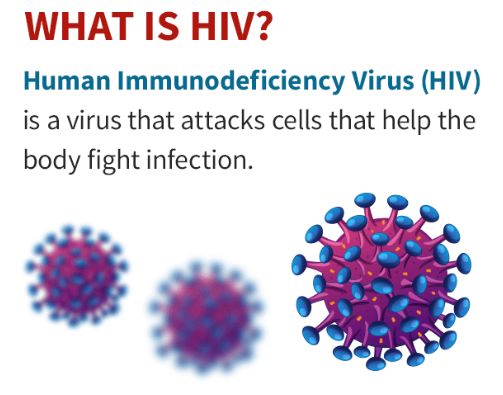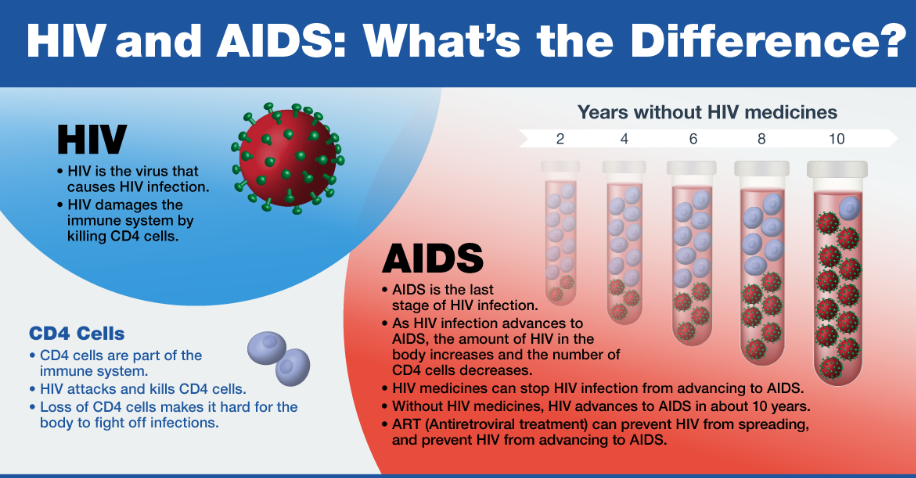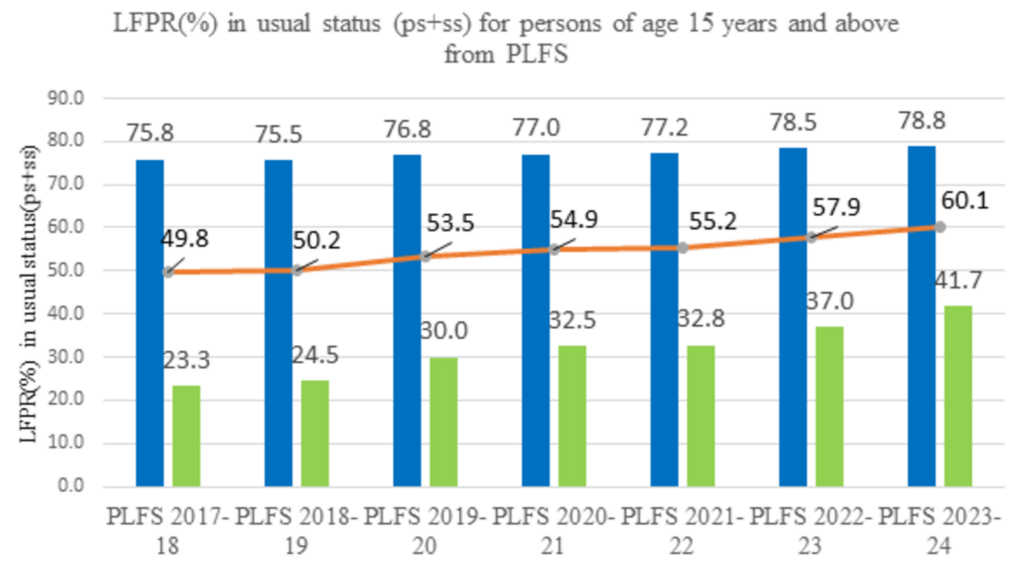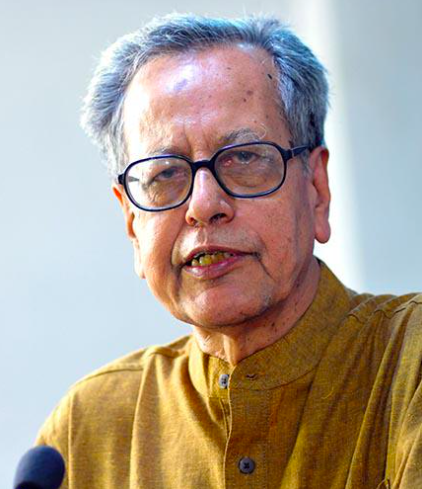29 November 2024 : Daily Current Affairs
1.Socialist And Secular in Preamble ?
- 1.Socialist And Secular in Preamble ?
- 2. Counter-terror policy: MHA for specialised units in all states/UTs
- 3. Stigma of HIV and birth of biomedical waste regulations
- Prelims Facts
- 1. SIGNIFICANT INCREASE IN WOMEN PARTICIPATION IN WORKFORCE
- 2. PRISON REFORMS
- 3. Economic historian Amiya Kumar Bagchi passes away
- 4. India tests ballistic missile with a range of around 3,500 km
(Source: Indian Express; Section: Explained; Page: 19)
| Topic: GS2 – Indian Polity |
| Context: |
|
Analysis of News:
Supreme Court Decision (November 25, 2024)
- The Supreme Court upheld the inclusion of the words ‘socialist’ and ‘secular’ in the Preamble of the Indian Constitution.
- These words were added through the Constitution (Forty-Second Amendment) Act, 1976, during the Emergency period.
Significance of the 42nd Amendment
- This amendment introduced sweeping changes to the Constitution, declaring India a “SOVEREIGN SOCIALIST SECULAR DEMOCRATIC REPUBLIC”.
- While the Supreme Court has struck down some contentious provisions of the 42nd Amendment in earlier judgments, it refused to alter the revised phrasing of the Preamble.
Purpose of the Preamble
- The Preamble serves as a philosophical statement outlining the Constitution’s core principles and goals.
- It defines the purpose of the Constitution and expresses the commitment to justice, liberty, equality, and fraternity.
Original Preamble (1950)
- When the Constitution came into effect on January 26, 1950, the Preamble described India as a “SOVEREIGN DEMOCRATIC REPUBLIC”.
- The focus was on securing:
- Justice: Social, economic, and political.
- Liberty: Of thought, expression, belief, faith, and worship.
- Equality: Of status and opportunity.
- Fraternity: Promoting individual dignity and national unity.
Historical Context – Constituent Assembly and Objectives Resolution
- The phrasing of the Preamble originated from the Objectives Resolution presented by Prime Minister Jawaharlal Nehru on December 13, 1946, during the first week of the Constituent Assembly debates.
- This resolution, unanimously adopted, was an 8-point pledge that provided the foundational principles for drafting the Constitution.
Supreme Court’s Reasoning:
- The Court upheld the inclusion of ‘socialist’ and ‘secular’ in the Preamble as reflective of India’s constitutional ethos and evolving aspirations.
- It declined to entertain challenges against these additions, viewing them as consistent with the Constitution’s overarching values.
- This decision reinforces the idea that the Preamble, as amended, encapsulates India’s commitment to its democratic, secular, and socialist principles.
Conclusion
The Supreme Court’s decision to uphold the inclusion of ‘socialist’ and ‘secular’ in the Preamble reaffirms their alignment with the constitutional vision of justice, equality, and unity. By preserving these additions, the Court underscores the Preamble’s role as a reflection of India’s evolving aspirations and its commitment to maintaining the foundational principles of democracy, secularism, and social equity.
| PYQ: Discuss each adjective attached to the word ‘Republic’ in the preamble. Are they defendable in the present circumstances stances? (200 words/12.5m) (UPSC CSE (M) GS-2 2016) |
2. Counter-terror policy: MHA for specialised units in all states/UTs
(Source: Indian Express; Section: Express Network; Page: 10)
| Topic: GS3 – Internal Security |
| Context: |
|
Analysis of News:
Uniform Anti-Terror Units
States and Union Territories (UTs) will establish specialised anti-terror units with the following components:
- Prison monitoring, language expertise, deradicalisation, financial intelligence.
- Access to upgraded weapons recommended by the National Security Guard (NSG).
- Standardised training modules designed by the NSG.
National Counter-Terrorism Policy
- The Union Home Ministry is drafting a comprehensive national counter-terrorism policy and strategy.
- This was announced by Union Home Minister Amit Shah at the Anti-Terror Conference-2024 (ATC).
- The policy includes a model anti-terrorism squad (ATS) and special task force (STF) framework for all States/UTs to ensure a unified and effective structure against terrorism.
Current Gaps and Status
- Only 18 States/UTs have dedicated ATS/STF or counter-terrorism units.
- In 13 States/UTs, these units are also designated as police stations.
- Only six States/UTs have:
- Standard Operating Procedures (SOPs) for counter-terror operations.
- Dedicated courts for terrorism-related cases.
- Personnel strength in existing units varies significantly, ranging from 80 to 650.
Proposed Model Anti-Terror Structure
- The Ministry of Home Affairs (MHA) is designing a model anti-terror structure for uniformity across States/UTs:
- Each unit will be led by an Inspector General (IG) or senior officer.
- Supported by two Deputy Inspectors General (DIGs) and at least four Superintendents of Police (SPs).
Work Distribution in Units
The four SPs will handle specific roles under the DIGs:
- Intelligence and operations.
- Investigations and prosecutions.
- Administration and logistics.
- Research, analysis, and training.
Enhancing Coordination and SOPs
- SOPs for intelligence processing and inter-agency coordination between Central and State agencies are being developed.
- The policy aims to streamline communication, hierarchy, and operational effectiveness within anti-terror units.
Proactive Approach
A coordinated strategy across States/UTs will ensure consistency and effectiveness in combating terrorism.
The government envisions a robust, uniform structure to dismantle terrorism and its ecosystem.
3. Stigma of HIV and birth of biomedical waste regulations
(Source – The Hindu, International Edition – Page No. – 4)
| Context |
|
| The “Syringe Tide” Incident (1987) |
|

Public Reaction and Economic Impact
- The presence of syringes and other medical waste on beaches led to public outrage, influencing both tourism and the local economy.
- Tourism losses were estimated at $7.7 billion due to deserted beaches.
- The U.S. government, under the Reagan administration, was pushed to act. In 1988, the Medical Waste Tracking Act was passed, marking the first formal regulation of hospital waste as hazardous.
- The Act required strict guidelines for the handling, transporting, and disposal of medical waste, setting a precedent for future public health and environmental safety regulations.
India’s Response to Biomedical Waste Management
- In 1986, India enacted the Environmental Protection Act, and the first HIV case was identified in India. However, biomedical waste was not recognized as hazardous at that time.
- The Hazardous Waste (Management and Handling) Rules of 1989 did not address biomedical waste, leaving its disposal to local bodies, which proved ineffective, particularly in urban areas like Delhi.
- In 1996, the Supreme Court’s judgment in the Dr. B.L. Wadehra case highlighted the growing pollution crisis in Delhi, pushing the government to take action.
Legislative Action and Reforms in India
- In 1998, India introduced the Biomedical Waste (Management and Handling) Rules, officially recognizing hospital waste as hazardous and establishing regulatory oversight through the Pollution Control Boards.
- Over time, the rules were amended, with major updates in 2016 and minor revisions in 2020, ensuring more stringent protocols for waste segregation, treatment, and disposal.
The HIV Link and Its Impact
- The global HIV/AIDS crisis catalyzed a reevaluation of healthcare practices, particularly regarding the safe handling of medical waste.
- India’s response to biomedical waste management, though delayed, was influenced by the global context of HIV/AIDS, which highlighted the need for safer, more responsible healthcare practices.
Ongoing Challenges
- Despite significant progress, challenges remain in rural and resource-limited areas, where mishandling of biomedical waste continues to pose risks.
- Healthcare workers still face occupational hazards, and gaps in compliance persist, indicating the need for continued efforts to improve biomedical waste management in India.

| Practice Question: Examine the impact of the HIV/AIDS crisis on global biomedical waste management policies. What actions can India take to improve its biomedical waste management system? (250 Words /15 marks) |
Prelims Facts
1. SIGNIFICANT INCREASE IN WOMEN PARTICIPATION IN WORKFORCE
(Source –https://pib.gov.in/PressReleseDetail.aspx?PRID=2078530®=3&lang=1 )
| Context |
|
Analysis of the news:

- Worker Population Ratio (WPR) & Labour Force Participation Rate (LFPR):
- Data from the Annual PLFS Reports (2017-24) shows increasing female participation in the workforce.
- WPR for women rose from 22.0% in 2017-18 to 40.3% in 2023-24.

- LFPR increased from 23.3% in 2017-18 to 41.7% in 2023-24.
- Government Initiatives:
- Prioritizing employment generation and improving employability for women.
- Labour laws include provisions like paid maternity leave, equal wages, and flexible working hours for women.
- Key schemes: Pradhan Mantri Mudra Yojana, Stand-UP India, MGNREGS, DDU-GKY, Startup India, SERB-POWER, among others.
- Employment training provided through women-focused vocational institutes.
- Budget 2024-25:
- Rs. 2 lakh crore outlay for employment, skilling, and other opportunities for 4.1 crore youth over 5 years.
- Establishment of working women hostels and creches to facilitate workforce participation.
| Practice Question: Discuss the key government initiatives aimed at increasing the labor force participation of women in India. How do these efforts contribute to enhancing the employability and economic empowerment of women? (250 Words /15 marks) |
2. PRISON REFORMS
(Source – https://pib.gov.in/PressReleseDetail.aspx?PRID=2077949®=3&lang=1 )
| Context |
|
Analysis of the news:
- Prison Management and Reforms: Prison management is a state subject, under Entry 4 of List II, Seventh Schedule of the Constitution of India.
- Role of Ministry of Home Affairs (MHA): MHA supports states and UTs with guidelines, advisories, and financial assistance for prison reforms and technological upgrades.
- Model Prisons and Correctional Services Act, 2023: Prepared by MHA, this model act covers prison management, focusing on prisoner reformation, rehabilitation, welfare programs, and integration into society.
- Model Prison Manual 2016: Provides detailed guidelines on prison administration, including welfare, rehabilitation, legal aid, and medical care for prisoners. It promotes the use of technology like virtual meetings and educational programs.
- Technological Upgrades: Financial assistance is provided for modernizing prison systems, including e-prison systems, security infrastructure, and wellness programs.
- Mental Health and Legal Aid: MHA collaborated with NIMHANS to create handbooks on mental health for inmates and officers. Legal Service Clinics in prisons offer free legal aid and advice to inmates.
| Practice Question: Discuss the role of the Ministry of Home Affairs in promoting prison reforms in India. How do the Model Prisons Act and Model Prison Manual contribute to the welfare and rehabilitation of prisoners? (150 Words /10 marks) |
3. Economic historian Amiya Kumar Bagchi passes away
(Source – The Hindu, International Edition – Page No. – 4)
| Context |
|
Contributions of Amiya Kumar Bagchi
- Economic History: Revolutionized the study of economic history in India, combining macroeconomics with historical data analysis.
- Pathbreaking Research: Authored Private Investment in India 1900-1939, providing critical insights into India’s colonial economy and deindustrialization during the British period.
- Underdevelopment Studies: Developed original theories on underdevelopment, notably in The Political Economy of Underdevelopment and Perilous Passage: Mankind and the Global Ascendency of Capital.
- Institution Builder: Played a key role in establishing the Centre for the Study of Social Sciences, Calcutta, and the Institute of Development Studies, Kolkata.
- Policy Influence: Served as Vice-Chairman of the West Bengal State Planning Board, contributing to regional planning under the Left Front government.

4. India tests ballistic missile with a range of around 3,500 km
(Source – The Hindu, International Edition – Page No. – 4)
| Context |
|
Analysis of the news:
- India successfully tested the K4 nuclear-capable ballistic missile from the nuclear-powered submarine INS Arighaat in the Bay of Bengal.
- The K4 missile has a range of approximately 3,500 kilometers, significantly boosting India’s strategic deterrence capabilities.
- This test makes India one of the few nations in the world with a nuclear triad, capable of launching nuclear missiles from land, air, and sea.
- The missile was launched from INS Arighaat, marking the first-ever submarine-based test of a submarine-launched ballistic missile (SLBM) by India.
- The test was conducted off the coast of Visakhapatnam, showcasing India’s advancements in maritime security and strategic defense.
- The achievement strengthens India’s second-strike capability, enhancing its overall nuclear deterrence posture.


